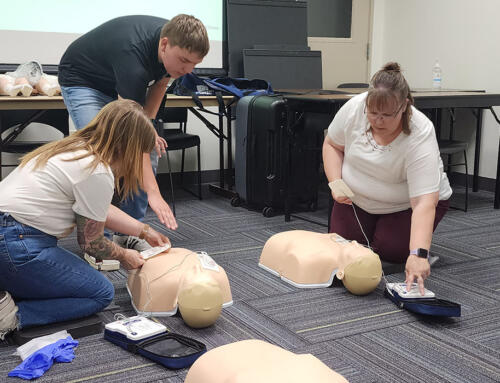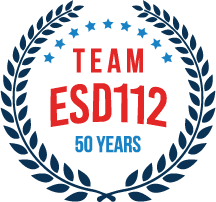Matt Whitton and Victoria Wells teach science in different, smaller school districts in southwestern Washington. The two districts, Kalama and Ridgefield, sit about 20 minutes apart on the Interstate 5 corridor.
Whitton, who teaches 7th and 8th grade at View Ridge Middle School in Ridgefield, and Wells, a 5th grade teacher at Kalama Elementary, are proponents of the Next Generation Science Standards (NGSS). The new standards are being implemented statewide in Washington and have a big impact on both teaching and learning.
“What I really find exciting about these standards is that they put the discovery and encountering of science back in the hands of the student,” Whitton said. “I feel there’s been a fundamental shift with these standards towards the students being at the center of constructing their understanding.”
The Next Generation Science Standards set expectations for what students should know by the end of every grade level in the four domains of science: physical science; life science; earth and space science; and engineering, technology and science application.
Within NGSS there are three distinct and equally important dimensions to learning science: cross-cutting concepts, science and engineering practices, and disciplinary core ideas. These dimensions are combined to form each standard, and each dimension works with the other two to help students build a cohesive understanding of science over time.
“The Next Generation Science Standards are not only encouraging,” Wells said, “but demand students to think about what they are doing in a much higher-level fashion and using much higher critical-thinking skills.”
To learn more about Next Generation Science Standards, visit the OSPI website and www.nextgenscience.org.




 ESD 112 equalizes educational opportunities for learning communities through innovative partnerships, responsive leadership, and exceptional programs.
ESD 112 equalizes educational opportunities for learning communities through innovative partnerships, responsive leadership, and exceptional programs.